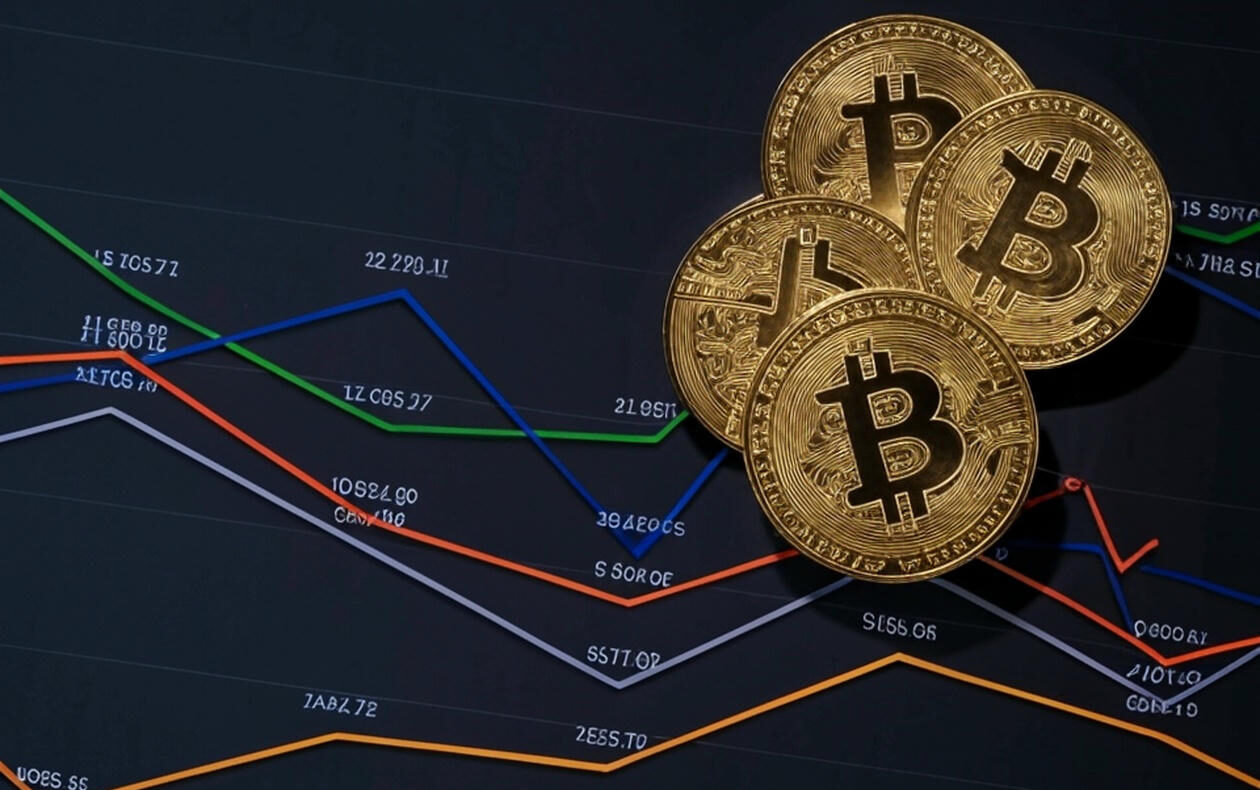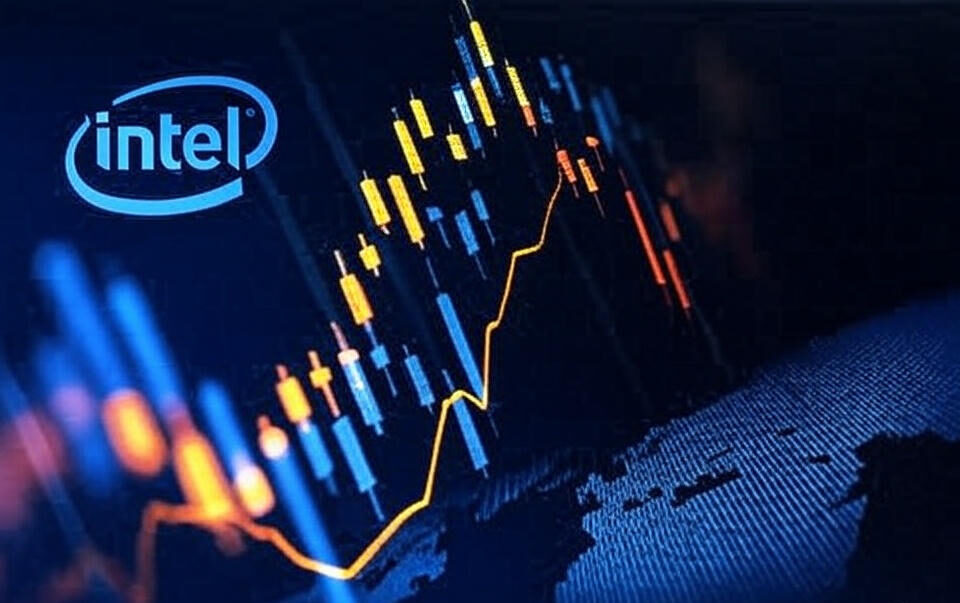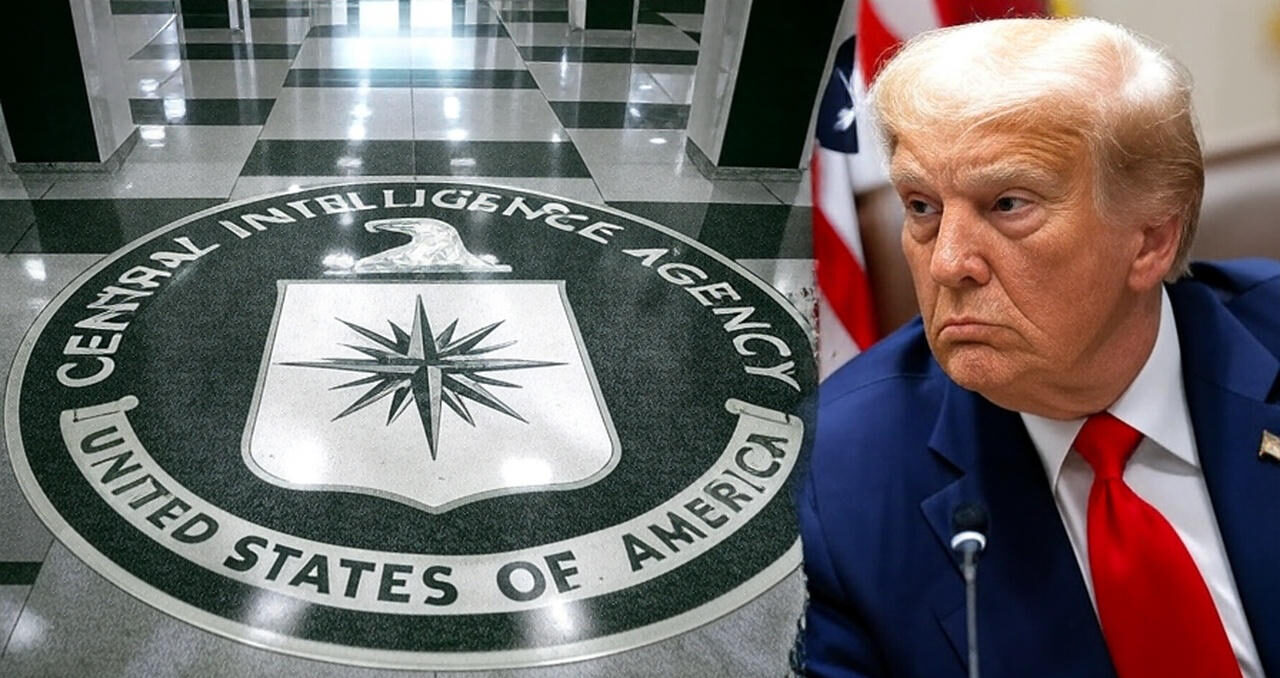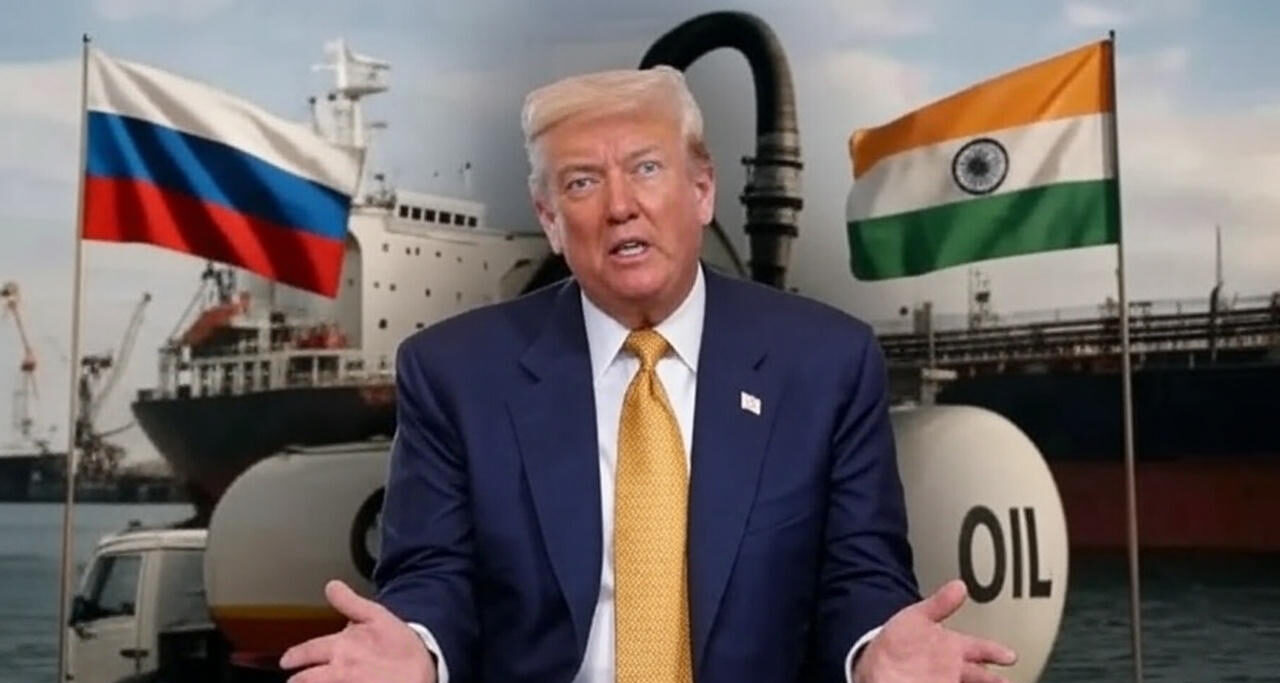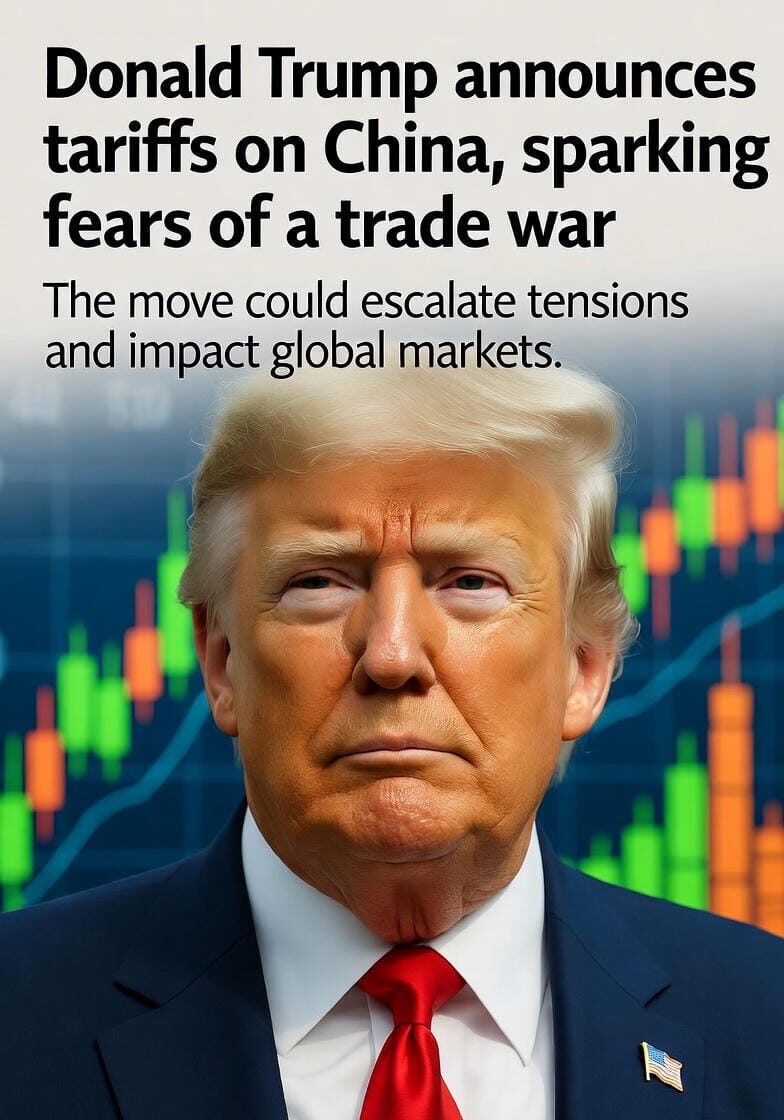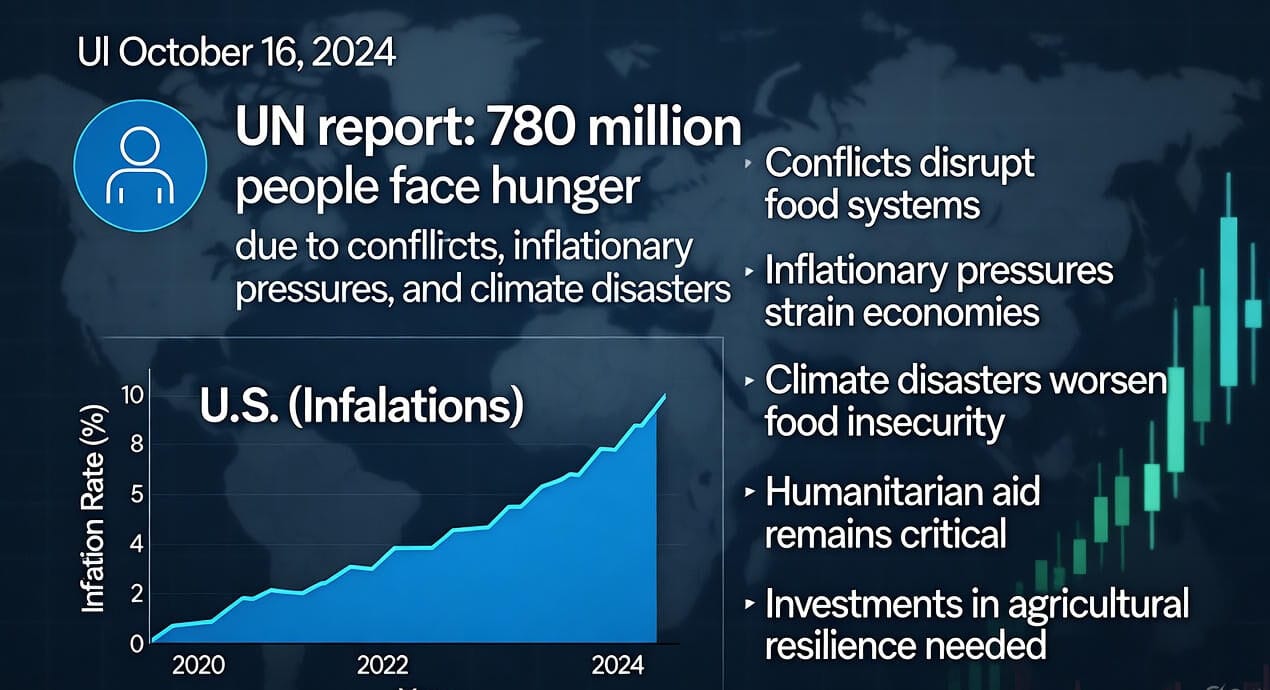
Former President Donald Trump’s decision to launch a dollar-pegged stable coin called USD1 has sparked significant controversy in Washington and on Wall Street. Backed by an obscure cryptocurrency association known to have close ties with the former commander-in-chief, this purportedly dollar-linked digital currency has roiled ongoing debates regarding the government’s appropriate stance on regulating the chaotic crypto markets. According to reports, USD1’s value is intended to be kept consistent with Uncle Sam’s greenback through maintaining reserves of short-term Treasury bonds, an unconventional approach that critics argue risks degrading confidence in State-backed finances. With his brand new foray into the digital assets arena, Trump sends a clear signal that his perspectives on cryptocurrencies have evolved drastically since leaving office, potentially upending long-held positions of those determining fiscal policy in America.
Understanding USD1’s Stable Appeal
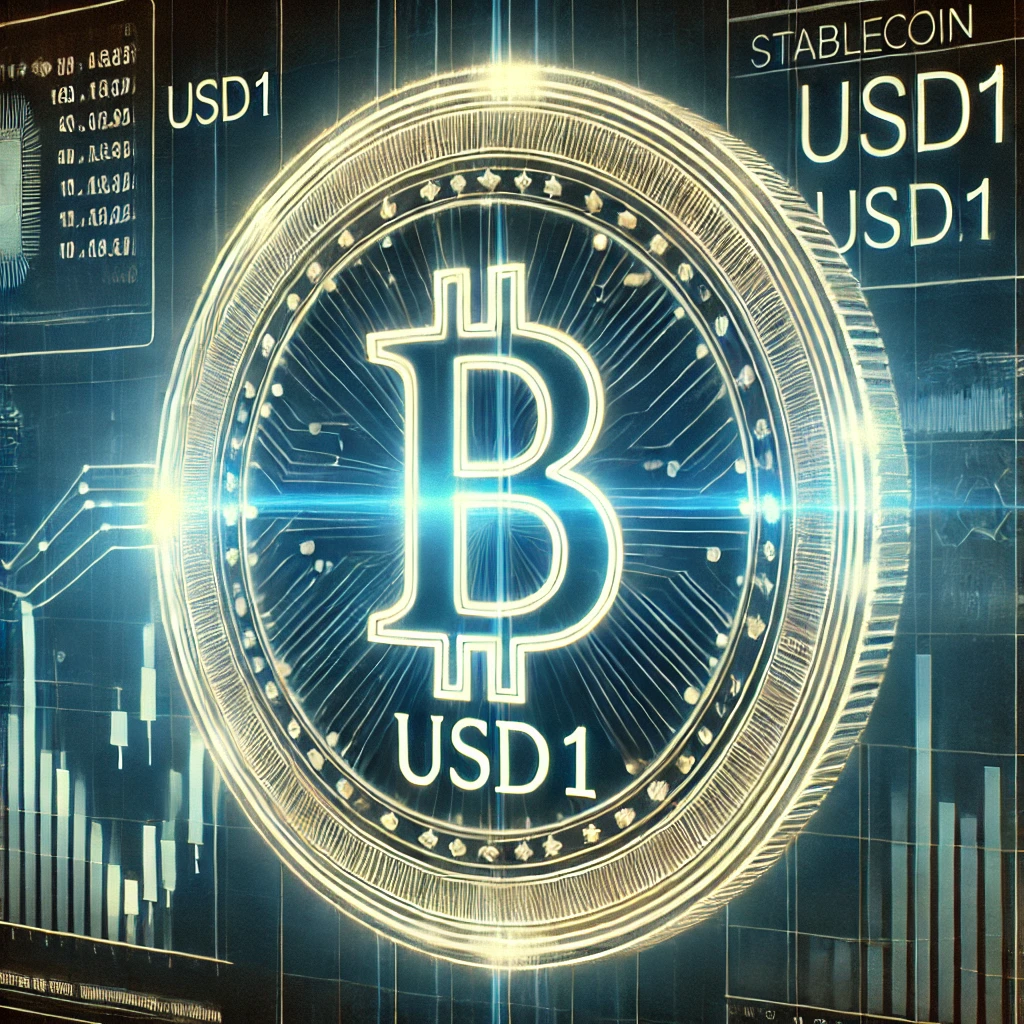
USD1 is a stablecoin designed to maintain parity with the U.S. dollar through a reserve-backed model. Unlike other volatile cryptocurrencies that experience frequent price fluctuations such as Bitcoin and Ethereum, stablecoins aim to minimize changes in value, a stabilizing quality that proves attractive for budgeting, savings plans, and intricate decentralized finance applications requiring predictable exchange rates.
Trump’s Surprising Crypto Pivot
During his presidency, Trump expressed considerable skepticism toward cryptocurrencies, dismissing Bitcoin as a “scam” and advocating for comprehensive regulatory oversight. However, recent evidence suggests his perspective may be evolving. Analysts contend this stable coin effort aligns with Trump’s broader vision of cultivating financial self-determination apart from government-directed monetary regimes. It additionally positions him favorably among the burgeoning crypto community, which has long sought both regulatory clarity and political endorsement of their innovative sector.
Regulatory Concerns and Challenges
The launch of USD1 came at a precarious period as authorities crack down on digital assets evading oversight. Both the SEC and other watchdogs have amplified scrutiny on stablecoins recently, fearful of their potential to undermine conventional banking and upend financial systems. While USD1 asserts being backed by short-term Treasuries, questions persist about its adherence to federal laws and whether legislators will impede it.
Potential Impact on the Crypto Sphere

Trump’s entrance into the crypto realm might portend sweeping consequences. His endorsement could attract conservative investors who once balked at digital currencies. Moreover, if USD1 gains traction, it could intensify competition between current stablecoins like Tether and USD Coin. Some analysts anticipate the stablecoin serving as a political instrument, bolstering Trump’s economic program ahead of the 2024 United States elections. His stablecoin’s success may symbolize both validation and a threat to prevailing economic orthodoxy and establishments.
Final Thoughts on Trump’s Cryptocurrency Venture
Trump’s sudden entrance into the world of digital currencies came as a shock to many in the financial sector. His new crypto project, dubbed USD1, aims to offer stability through maintaining parity with the dollar, but obstacles around regulations and market acceptance could pose challenges. It remains uncertain how readily consumers and businesses will adopt the coin. Should USD1 succeed in gaining traction, Trump will further cement his role as an influencer with the power to move financial markets. However, the volatile nature of cryptocurrency also means his foray carries risk. The introduction of USD1 promises to stir lively debate within government circles and the crypto community alike regarding what this development may portend for the future of money.

